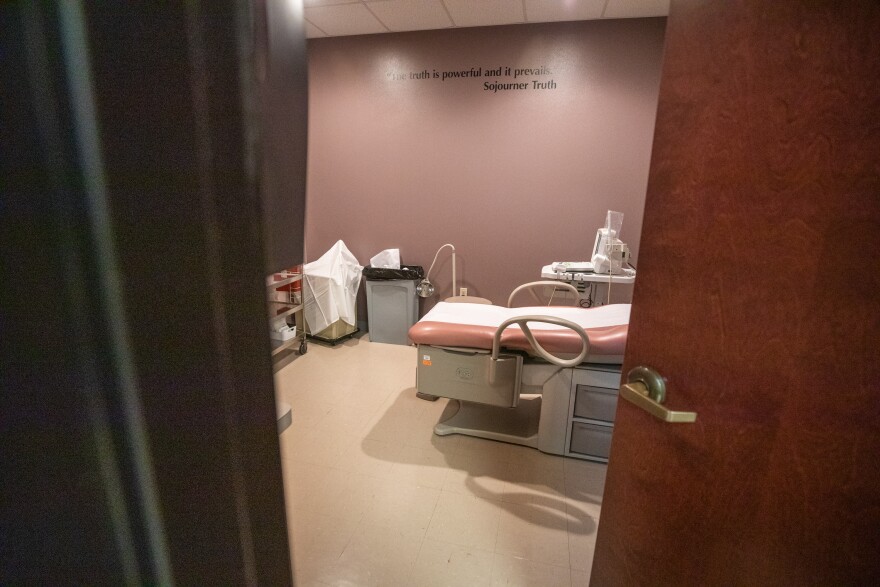Nearly 50% fewer abortions were provided in Texas in September compared to a year ago, researchers have found.
Texas enacted the most restrictive abortion ban in the country on Sept. 1. The law, Senate Bill 8, prohibits the procedure as early as six weeks into a pregnancy, which is before most people know they are pregnant. As a result, the majority of people seeking an abortion in the state have been unable to get one.
Researchers at the Texas Policy Evaluation Project at UT Austin looked at “monthly data on the total number of abortions provided at 19 of Texas’ 24 abortion facilities, which provide approximately 93% of all abortions reported in state annual vital statistics data.”
They then compared “the percent change in the number of in-state abortions that occurred between July and September 2021, relative to the same months in 2020.”
Dr. Kari White, the lead investigator at the Texas Policy Evaluation Project, said the drop in procedures has been steeper than when any other abortion ban has gone into effect in the state.
“This is by far the biggest decrease that we’ve seen,” she said.
After House Bill 2 went into effect in 2013, White said, there was a 13% decline in the number of abortions performed. The law required clinics that provide abortions to operate as surgical centers and get admitting privileges at a nearby hospital. Even though the law was struck down by the Supreme Court in 2016, it led to the closure of half the state’s abortion clinics.
The drop is also greater than after the governor's executive order at the start of the pandemic, which prohibited most abortions for 30 days as "unnecessary medical procedures." According to researchers, there was a 38% decrease in the procedure then.
White said the decline likely would have been steeper if not for an increase in financial donations from abortion-rights supporters and the staffing levels in place during the first month of the law’s implementation.
It's likely both staffing and donations will eventually decrease, she said.
“If facilities have to reduce hours, lay off staff, and if the inflow of financial assistance starts to taper off, we would expect that there will be even fewer abortions taking place,” White said.
























